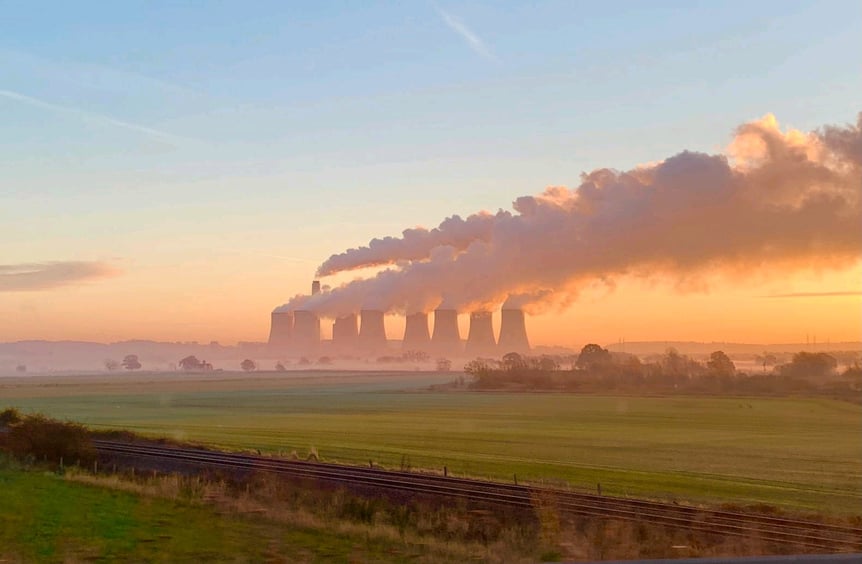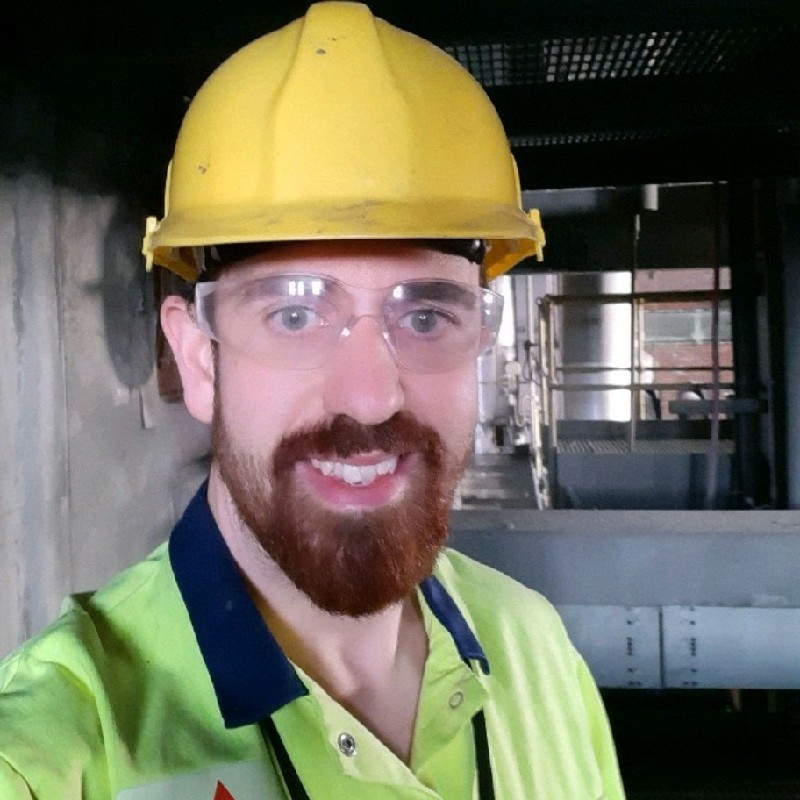Waste is all around the globe in large quantities, and we have to deal with it daily. Usually, we throw it away and don’t give it a second thought. What if waste is more valuable than we think? In this blog, you will read about what waste to fuel technology is and how it creates value from residual waste streams.
What is waste to fuel technology?
Currently, society produces huge volumes of waste that must be dealt with. Historically, that has been achieved mainly by landfilling. We are putting waste in a hole in the ground, covering it up and allowing it to decompose.
Landfilling has a direct negative impact on the environment. Not only does landfilling result in long term soil and water contamination which requires management for decades, if not centuries.
The methane released during waste decomposition has 24 times the global warming potential of CO2. Methane emissions are responsible for a quarter of all man made global warming effects.
Over time, in recognition of the environmental damage it causes, landfilling of waste has become socially unacceptable, with waste recycling and utilization being preferred.
From residual waste streams to a valuable with waste to fuel technology
Despite increasing the proportion of recycled waste, a residual quantity of waste remains, which is more challenging to deal with and has limited options for disposal.
One of the options is to utilize the inherent energy contained within the waste, which originates from wood and oil based materials used for goods manufacturing.
Recovery of this energy has typically been achieved through waste incineration, using a newly built Energy from Waste (EFW) facility to combust large quantities of raw waste, using the heat liberated to generate electricity and heat.
The advantages of Energy from Waste plants in providing a route to non-recyclable waste disposal whilst using the heat contained within the waste to produce much needed energy has seen rapid growth in the EFW industry in Europe and globally. This rapid growth of EFW does have several downsides.
Downsides of Energy From Waste Facilities
Firstly, EFW facilities are designed to treat waste that has not been upgraded in any way. The waste used is typically wet, inhomogenous and of very low energy density, resulting in an inefficient conversion to usable electricity and, thus, higher carbon intensity per unit of useful energy produced.
The EU average electrical efficiency of EFW plants is around 25%. This compares poorly with other thermally driven electricity generating plants, such as coal fired power stations, which commonly achieve 40% electrical efficiency and can be as high as 49%.
Secondly, these facilities are large, expensive infrastructures to build and require significant investment both economically and in terms of the materials used in their construction.
Tackling the Energy From Waste facility disadvantages with waste to fuel technology
Waste to fuel technology addresses these disadvantages by using residual waste to provide useful energy at the highest possible efficiencies using existing infrastructure, simultaneously minimising economic investment requirements and carbon intensity of energy production and use.
This is achieved by upgrading non-recyclable waste, which would normally either end up in a landfill or is incinerated, into a pelletised fuel product with properties which enable its use as a direct replacement for coal.
By doing this, we can utilise non-recyclable waste to produce alternative fuels which can be used directly by existing coal fired power generation and cement and steel production plants to replace coal.
This route avoids major investment whilst using the value of this residual waste at the highest possible efficiencies, significantly reducing the CO2 intensity of existing industries.
Download our Strategic Guide about alternative fuels
Do you want to know more about using waste to fuel technology and how it can help your industry? Get insights on reducing emissions and increasing sustainability using our strategic guide. Download the free guide by clicking the button below.



